VARIETIES AND TYPES OF TEA
REGIONS
CHINA
JAPAN
TAIWAN
THAILAND
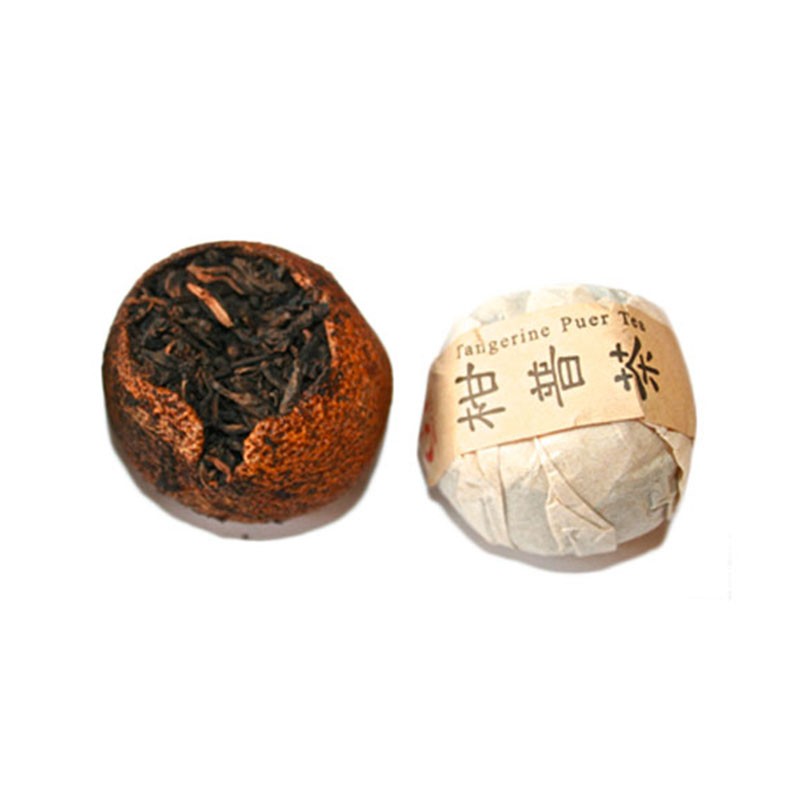
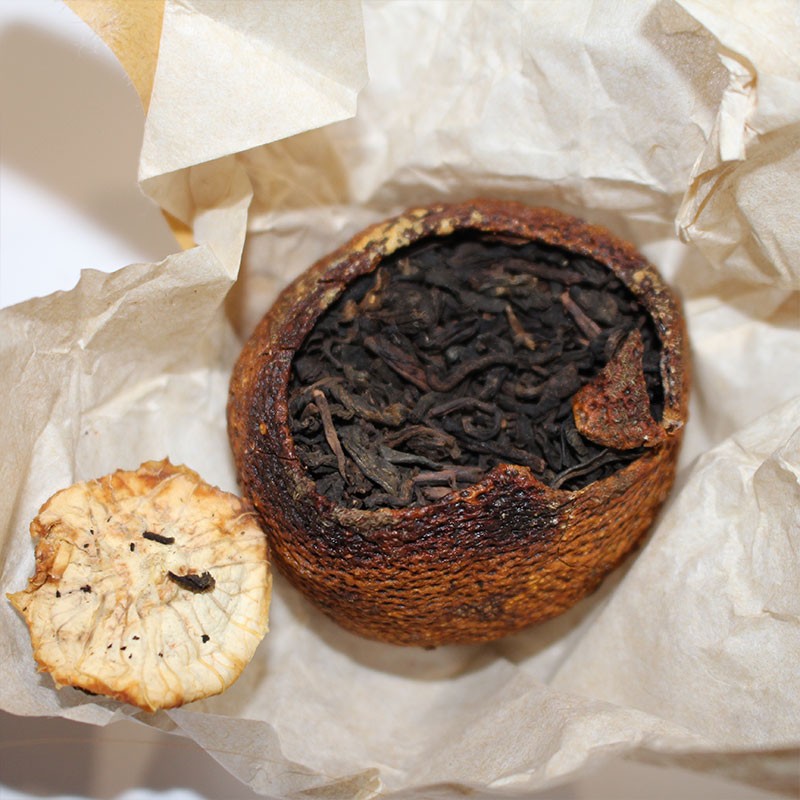
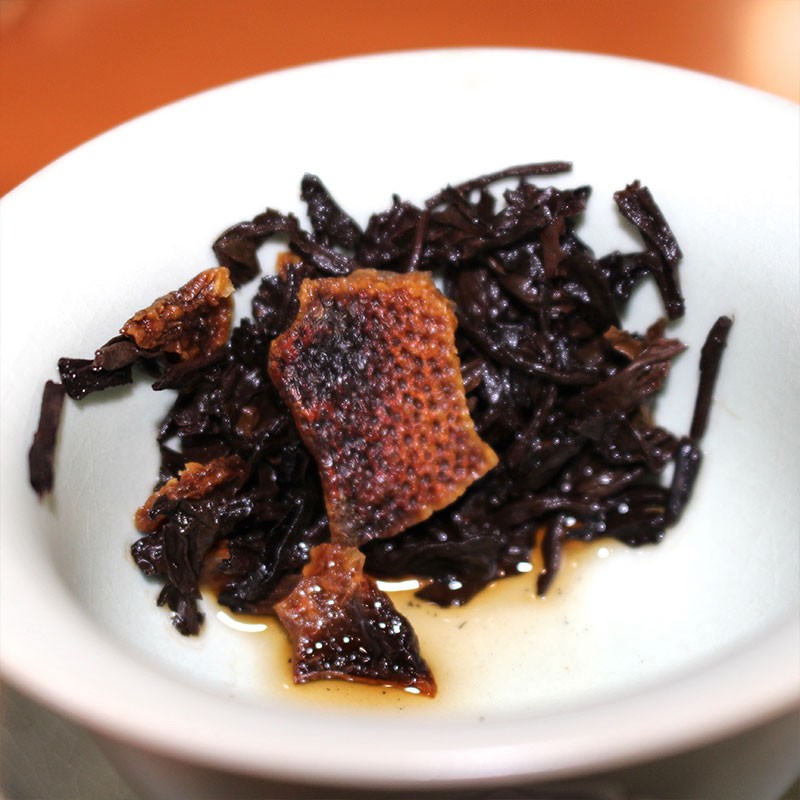
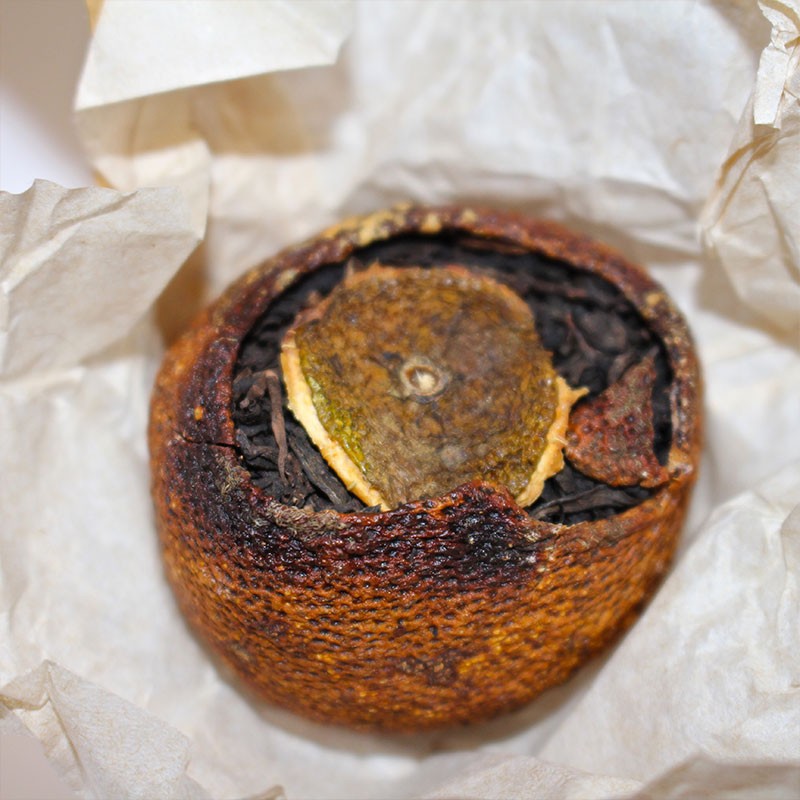



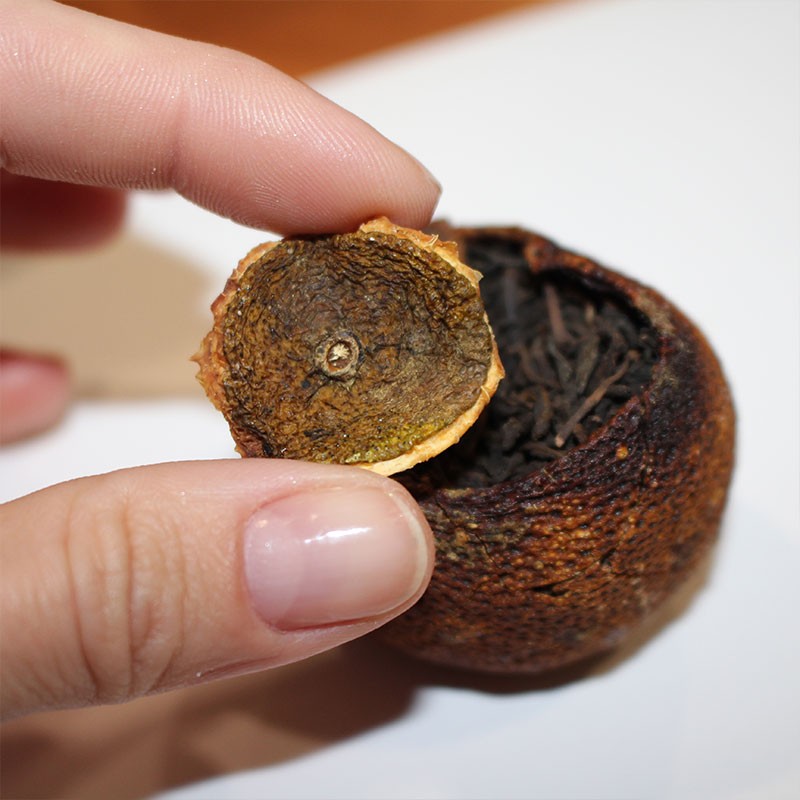
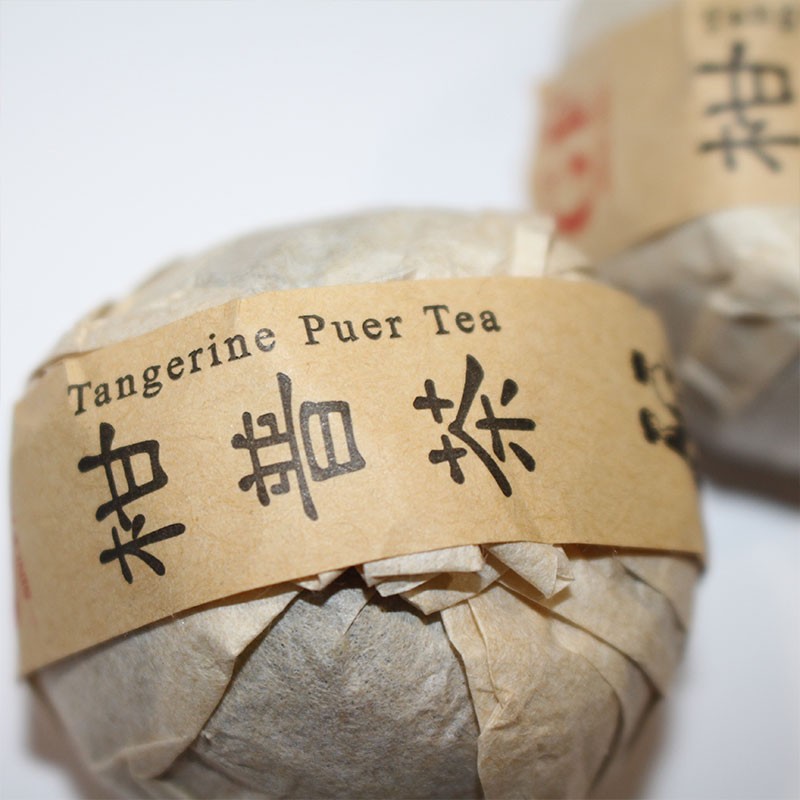
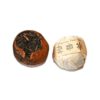
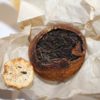
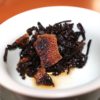
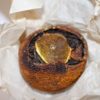
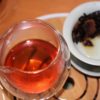
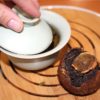
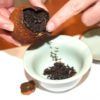
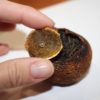
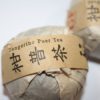
6.90€ Taxes included
Tangerine Shu (cooked) Puer Tea is a fermented tea whose leaves are placed inside the peel of a Chinese tangerine. These two elements together will give a pleasant combination of citrus and woody flavors, with fresh and balsamic notes.
In the world of tea, one can often find special processing or natural flavor pairings, and this cooked puer from Yunnan wrapped in a tangerine is a good example.
Tangerine Shu (cooked) Puer Tea, in fact, aims to combine the more woody, mineral flavor of a puer shu with the citrusy, medicinal notes of tangerine. To achieve this, unripe mandarins are often harvested, emptied of their contents, and then filled with cooked puer leaves that are not yet completely dry. This way both products will finish drying together and can start sharing their flavors from that moment on. It is important to remember that small tea leaves called Gong Ting are often chosen for the production of this tea so as to be facilitated in filling the mandarin.
While tasting this tea (which you can also enrich to your liking with bits of tangerine), it will be interesting to note how the flavors of the two elements alternate and interact on the palate. The shu will provide the right body and woody character to the drink, while the fresh and balsamic tangerine flavor will emerge little by little, showing a fair amount of persistence as the tasting ends. Please note that, like most puer teas, this product will also benefit in flavor profile as time passes.
Yunnan – China
After harvesting, the leaves are left to wither in the sun, losing an initial percentage of moisture before moving to the oxidation block, which is purportedly similar to the method used to produce green teas. The special feature here lies in not heating the leaves as much as is done for a green tea, so that certain enzymes are preserved that will change the flavors over time. Once the leaves are cooked, they are taken in large quantities and made into piles about 40 to 50 centimeters high, then covered with a cloth under which the fermentation process will take place. Here the producer will have to skillfully move the leaves and wet them every 15 days to ensure that fermentation advances steadily and is distributed as evenly as possible. Once this stage is completed, the leaves are redistributed by giving them sufficient space and leaving them in contact with the air. At this point, the still slightly moist leaves are inserted into previously opened and drained mandarins, allowing the two products to finish drying together. Once dry, the product can be directly consumed or can be left to age for months or years.
We highly recommend infusing Tangerine Shu (cooked) Puer Tea in the traditional Chinese method (gong fu cha) to best enjoy these leaves. Following this preparation, 6 grams of leaves (about one third of the tangerine) can be used in a gaiwan of about 150 ml to make multiple infusions and best capture all the flavor nuances of the tea. After a quick rinse of the leaves in 95°C water, an initial 15-second infusion can be made, and, keeping the water at the same temperature, the time can be increased each time by 5 seconds from the previous infusion (15 – 20 – 25 …). This tea has a longevity of about 8 infusions.
For a classic preparation according to the Western style, we recommend 3 grams of leaves (about 2 teaspoons) in a 200-mL cup with 95°C water for an infusion time of 2-3 minutes.
The tea can be filtered for greater ease at the moment of tasting, and also the infusion times indicated above are intended to be purely indicative, so you can also adjust according to your personal taste.
We also recommend adding a few pieces of tangerine to infuse along with the leaves.
Store in a cool, dry place away from direct sunlight.
Black Friday 50
| Weight | 0.000000 g |
|---|---|
| Dimensions | 0.000000 × 0.000000 × 0.000000 cm |
| Detail - Temperature | 95-100°C |
| PACKAGE | 250 g, 50 g, 500 g |
| Detail - Brewing | warming |
| Feature - Caffeine | Low caffeine |
| Preparation - Gaiwan | 6gr x 150ml / 15-20-25… sec / 8 brewings |
| Preparation - Mug | 3gr x 200ml / 2-3 minutes / 3 brewings |
| Feature - Fermentation | Totally fermented |
| Other - Origin | China |
| Other - Taste | Citrusy/woody |
| Other - Instants | Drink |

Tea that cool your body

